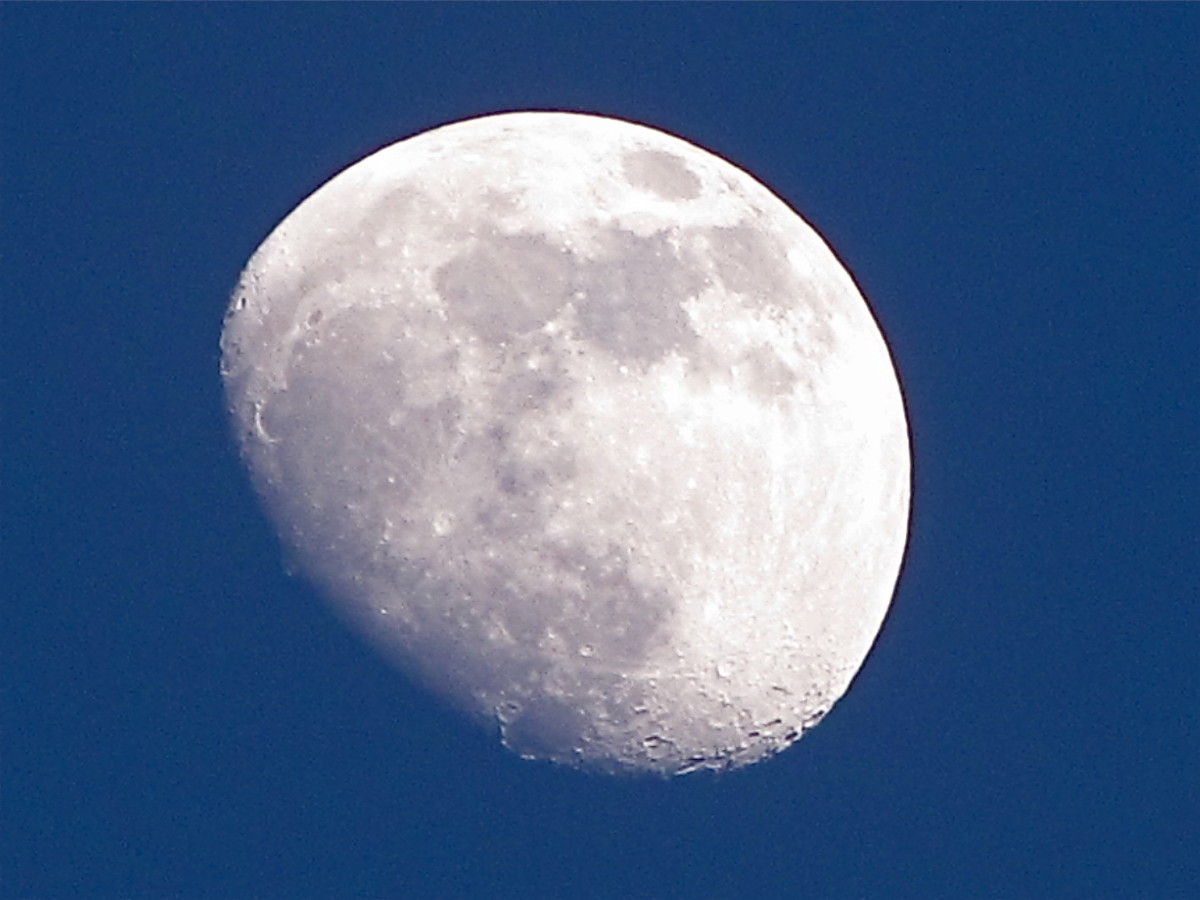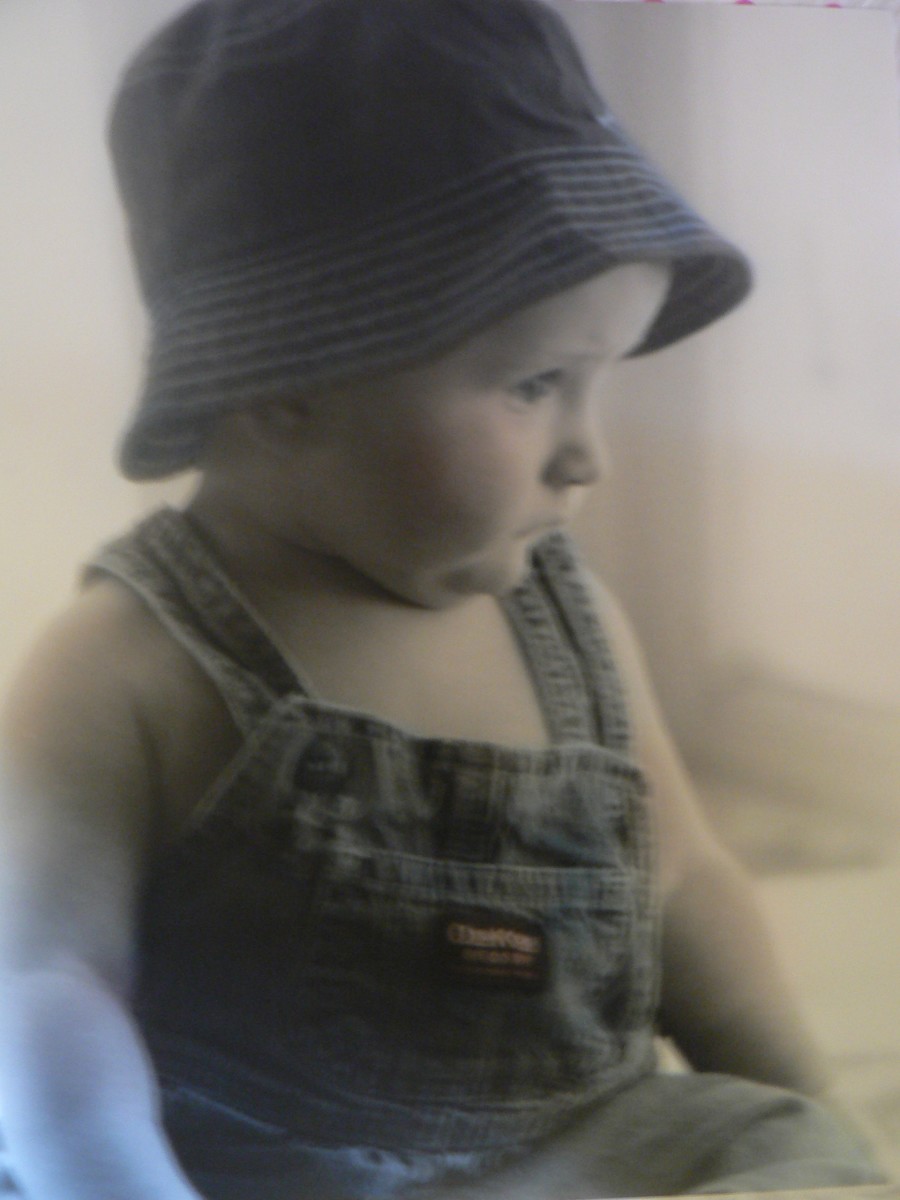Photography: How Does Light Work?
How Light Works With Photography
In order to create the best photos possible, you must understand how light works with photography inside your camera and its lens. The three main principles which can cause problems if not understood, are these:
- Light can bounce.
- Light can bend.
- Light reflects.
Keep these things in mind as you read through this article. It will make you a better photographer and help avoid many common problems. You know the kind--someone brings out their photo album and everyone starts to find excuses to leave, use the loo, and so forth. You don't want to be that person.
Follow these tips for photography lighting for the best pictures, and pay attention to the examples provided, and you're well on your way to being a photographer whose photos people beg to see.
Light Can Bend
If you don't believe light can bend, (a principle called refraction), check it out for yourself. You'll need either a bathtub full of water, or someone's swimming pool.
Take a stick, or the pool net, and place it underwater, but don't let go of your end. Now, look at the junction of where the stick or pole in your hand meets the surface of the water. Follow that line downward, and, oh, my!! It looks like the stick or pole has bent at a sharp angle underwater! It does not follow the above-water section in a straight line.
Naturally, you know that the pole is not bent, but it sure looks that way! As the light enters the water, which is more dense than air, the water bends the light differently than does the air, returning an apparently bent-pole image to your eyes. This is easiest experiment with light refraction you can do.
Reflection is related, because all things we see are the result of light reflected off a given surface. So, even as the light is bent on entering the water in our experiement, it is the reflection from both the above-water and underwater surfaces that return both halves of that image to our eyes and hence to our brains.
Because of this ability of light to bend, you need to be aware of any highly reflective surfaces in the area when you are taking a photo. For example, the sun can be coming in a window, striking the beveled edge of a mirror in another room behind you, and turn the corner off that bevel and hit your subject with an odd bit of light.
Light Can Bounce
Well, of course light does not bounce up and down like some crazed rubber ball, but bounce it certainly can. The most common light bounce most all of us have seen at one time or another is that annoying bright white glare right in the middle of someone's photo.
Most of the time, it obscures an important feature, such as someone's face. If an actual desired feature is not hidden, at the very least, it is a major distraction, and marks the photographer as a rank amateur.
This annoying bright spot is called "flash bounce," and is seen when the background behind the subject is at all glossy or shiny. It does not have to be a window or mirror, although those are the two major culprits. A glossy finish on a piece of furniture, even if dark in color, or a wall finished in a gloss paint will also cause this problem. It is sad to see so many otherwise nice photos ruined by this when it is oh-so-easy to prevent.
The first and most obvious way to prevent flash bounce is to avoid using flash in the first place, if at all possible. During daylight hours, if window coverings are open, most modern digital cameras are capable of capturing enough light to produce a good-quality image without use of flash.
If flash is needed, however, be aware of any such glossy surfaces, and plan your angle of attack carefully and literally. Yes, I suck at math--I failed algebra and never made it to geometry. However, just because I don't understand the numbers, doesn't mean I can't grasp this one geometric principle: no numbers or calculations needed. It is useful in both photography and in shooting billiards. Engrave it into your brain:
"The angle of incidence equals the angle of reflection."
The incidence in question of course, is your use of flash and your position relative to the subject. If you are standing head-on square to the subject (see illustration above), with any kind of glossy anything in the frame, you've set yourself up for ugly flash bounce. The light will bounce right off that surface and straight back into the middle of the camera's lens. UGH!
Ugly Flash Bounce
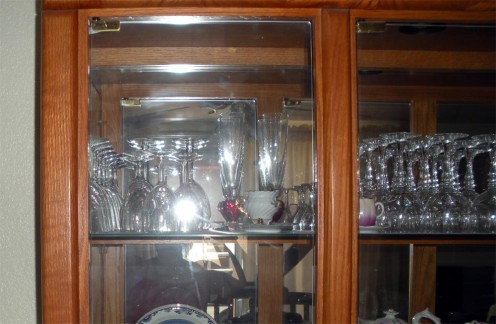
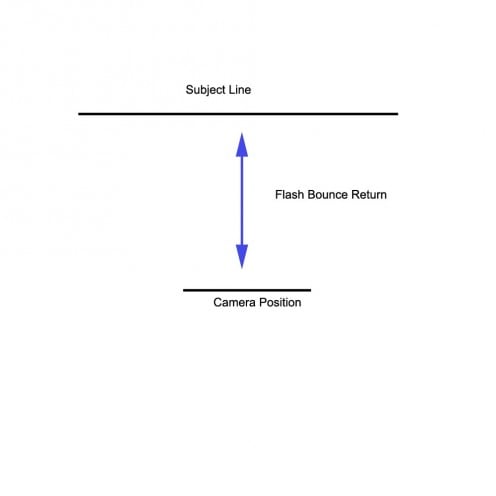
Preventing the Problem of Flash Bounce
To avoid flash bounce, simply stand just a bit off to the side. Just a teeny bit. shoot at a very slight angle, and the flash will bounce away at the same angle to the other side. Have your subjects turn their heads slightly to look into the camera, and voila! No flash bounce.
Aha! Someone is wearing eyeglasses! Is flash bounce unavoidable now? Nope. Same kind of easy fix, except it is the subject and not you that will move. If the person is very tall, have them angle their head down just slightly. The flash will bounce off their glasses and down toward the floor. Do the opposite for a short person--have them tilt their chin up slightly. The flash will bounce away from the camera toward the ceiling.
Notice in the example below, there are some remnants of flash bounce--it is not completely gone because of the nature of the subject items--all glass and mirrors. However, instead of being a distracting and obscuring blob, what is left shows up as starry highlights on the various glasses.
Also note the slightly shinier spot on the corner of the cabinet. Even though it is wood, it is polished wood, and does show a highlight on that corner as a result of using flash. Had that been a flat surface instead of a corner, the resulting flash bounce would have been nearly as bad as in the first example.
The almost miraculous thing about today's digital cameras is the ability to instantly check your results, and re-shoot if necessary. You can't run out of film; you can delete bad attempts from the memory card.
Play with it! Experiment until the technique becomes second nature. You don't want to be fumbling with a learning curve when you get into a situation where there's only one chance to get the shot.
Avoiding Flash Bounce Is Easy
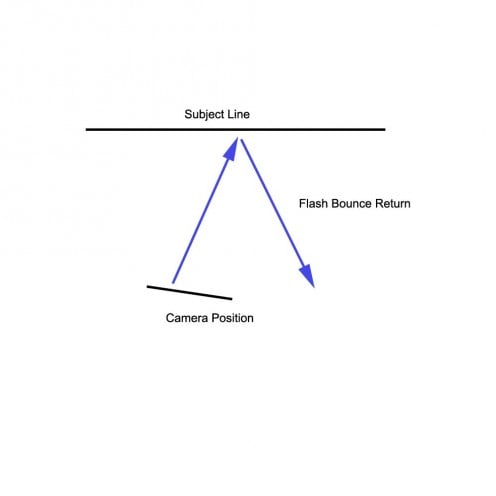
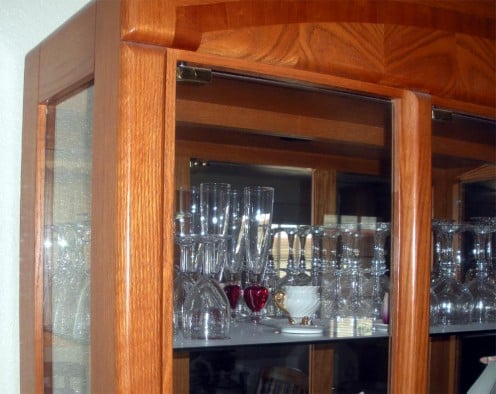
© 2011 Liz Elias






